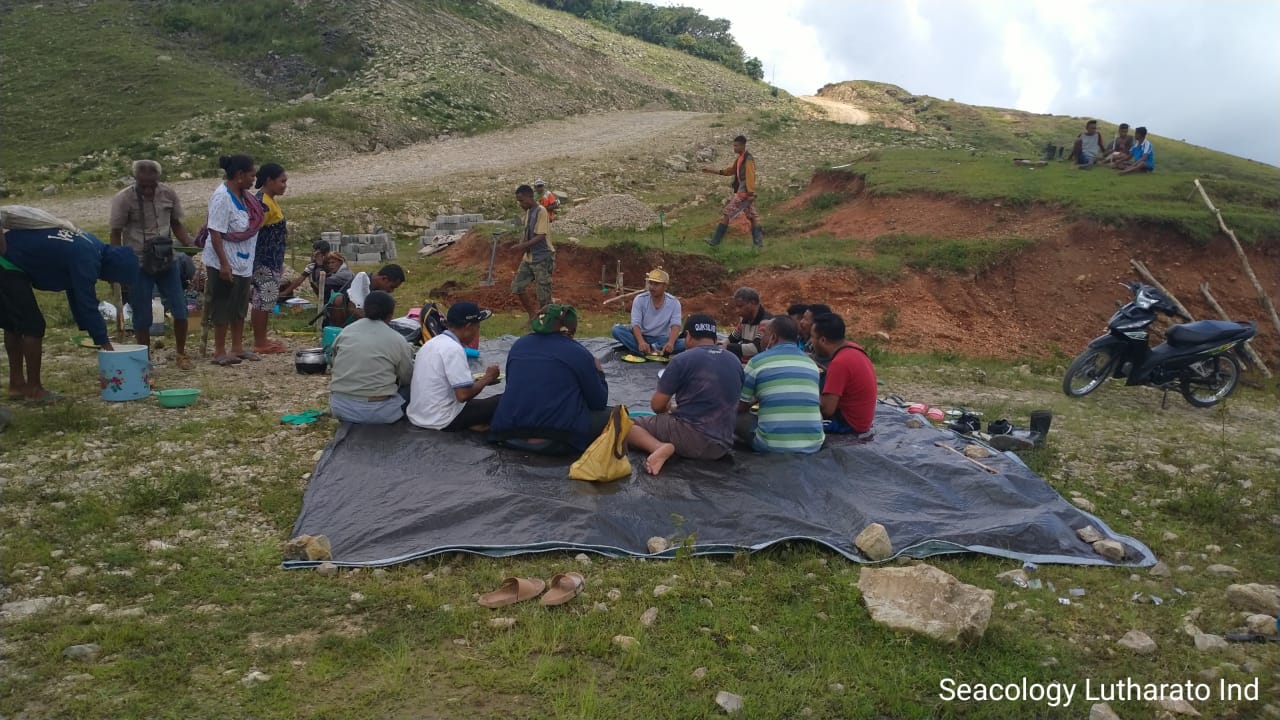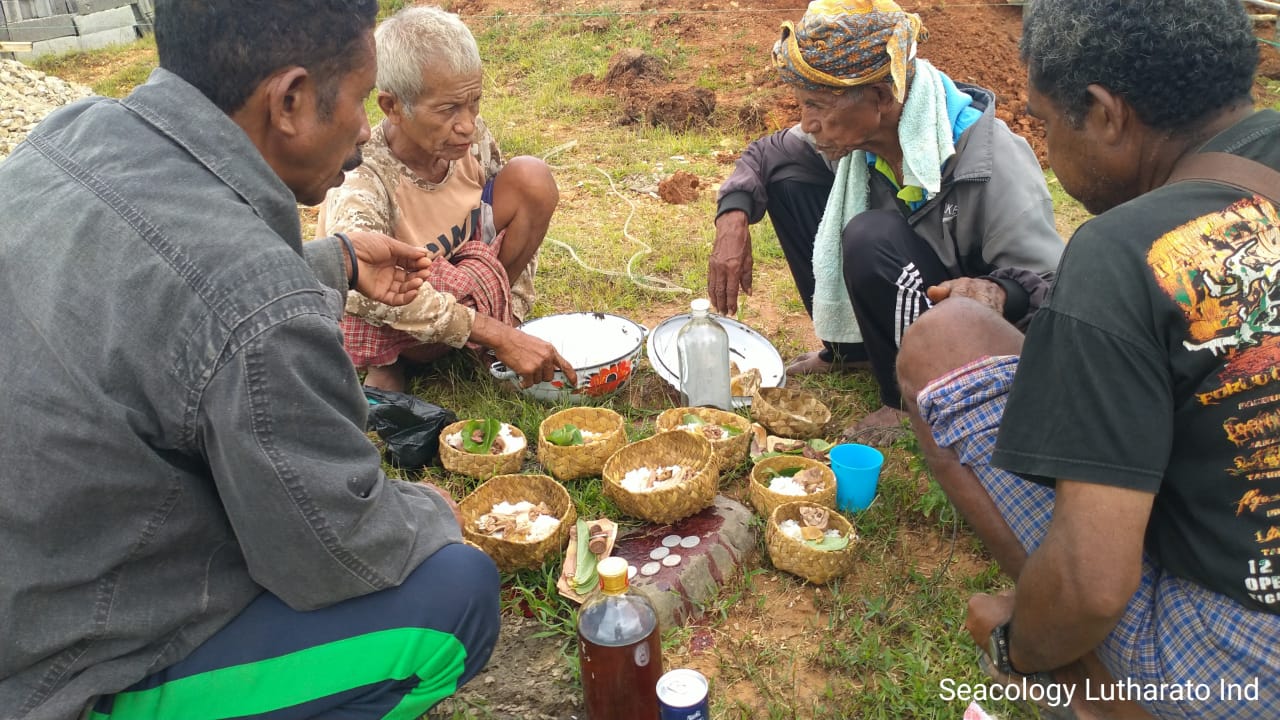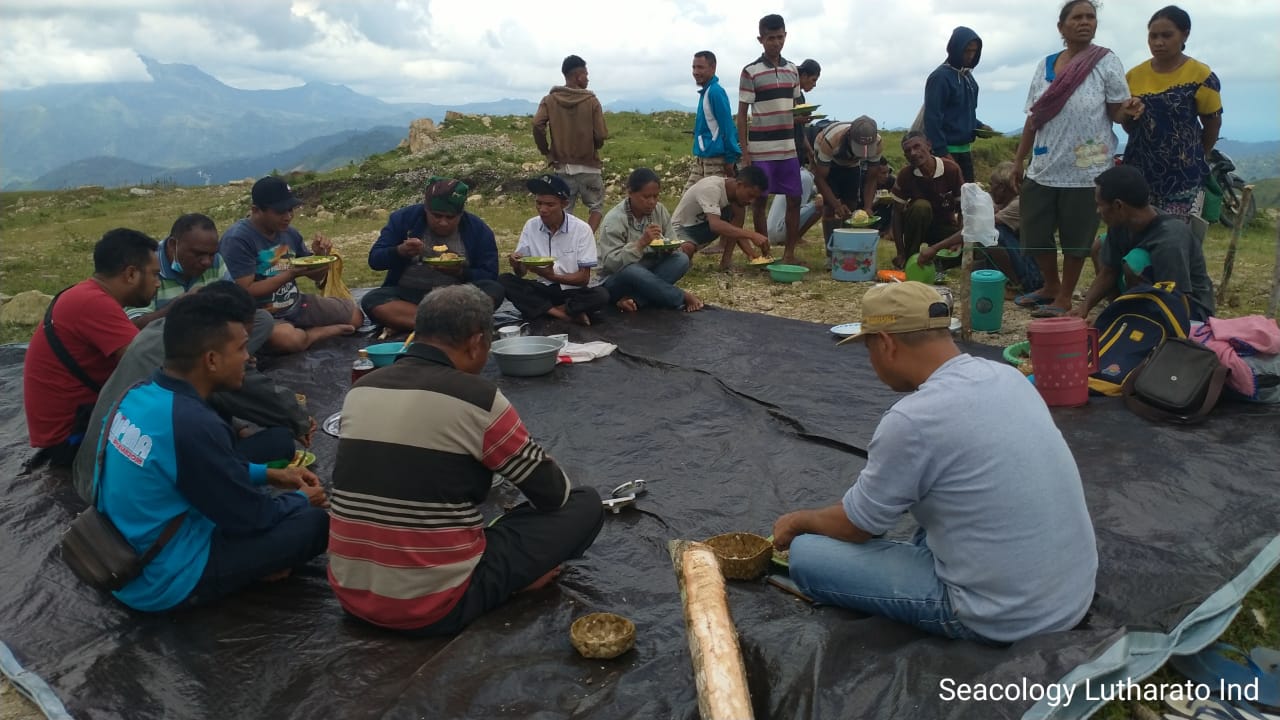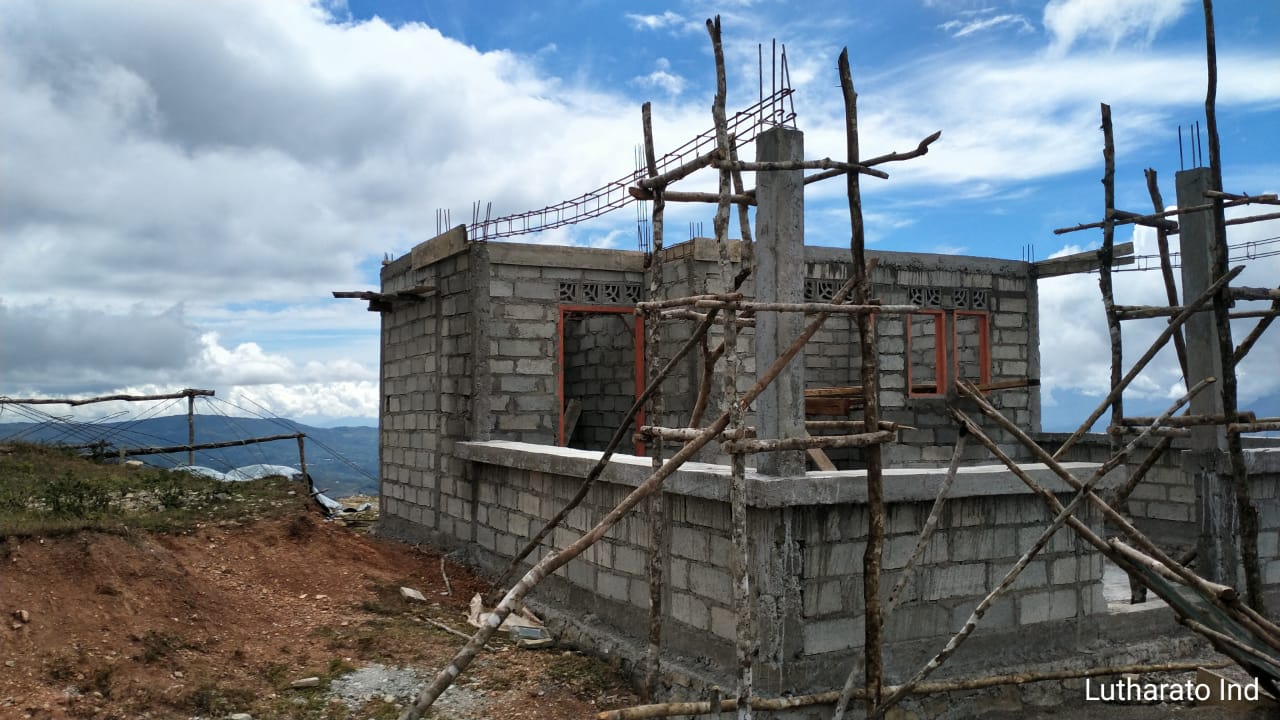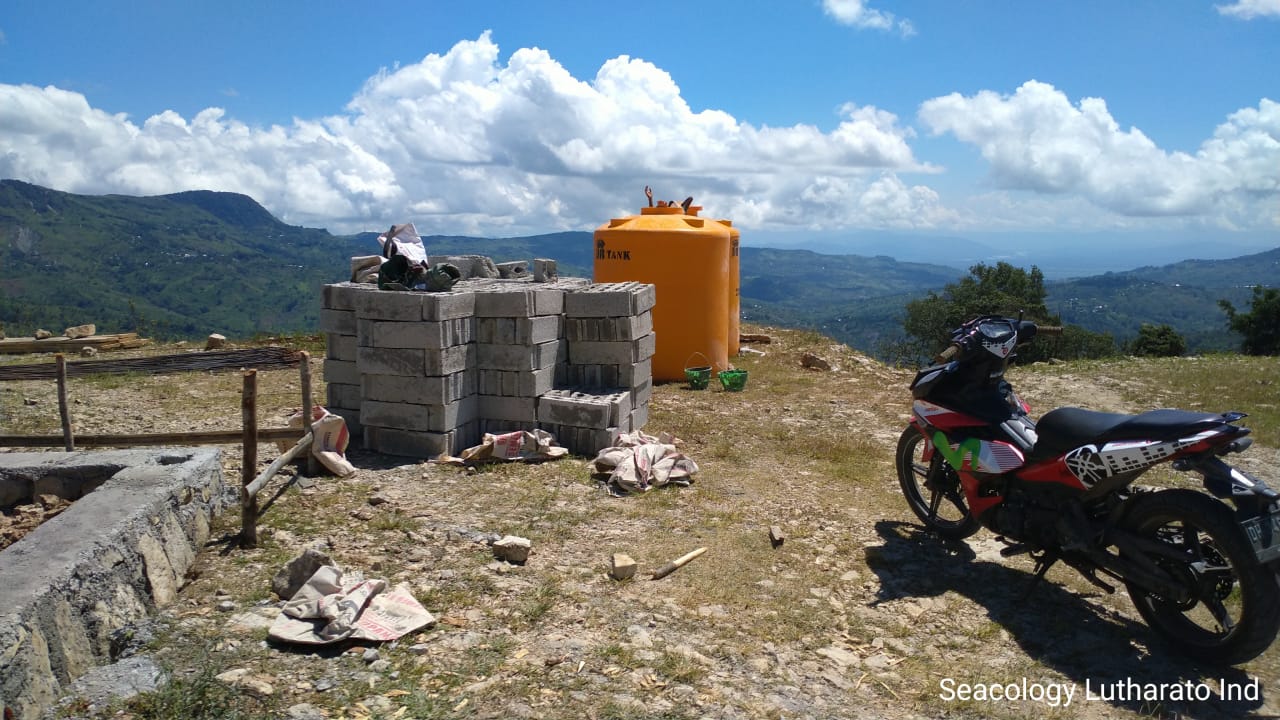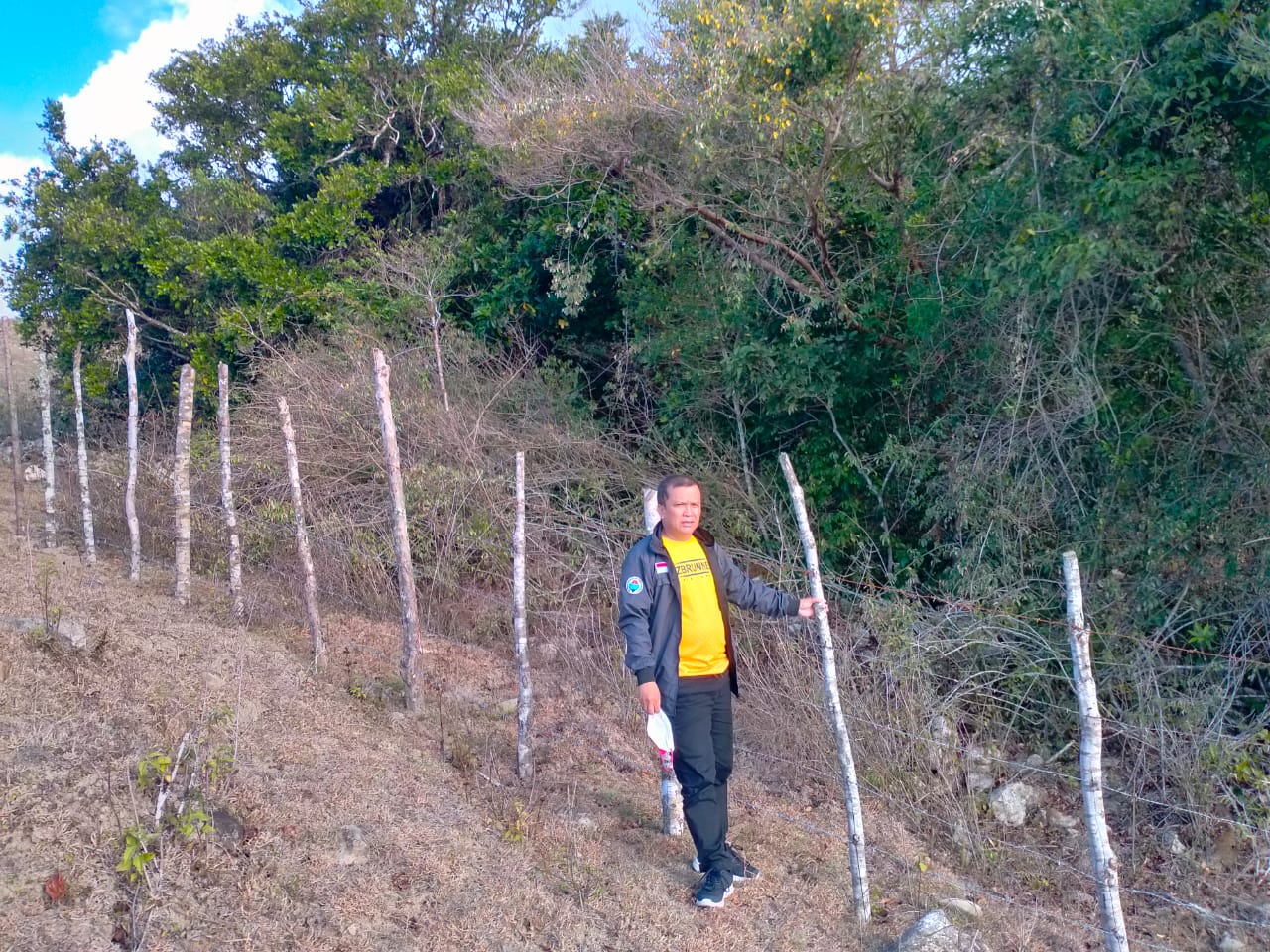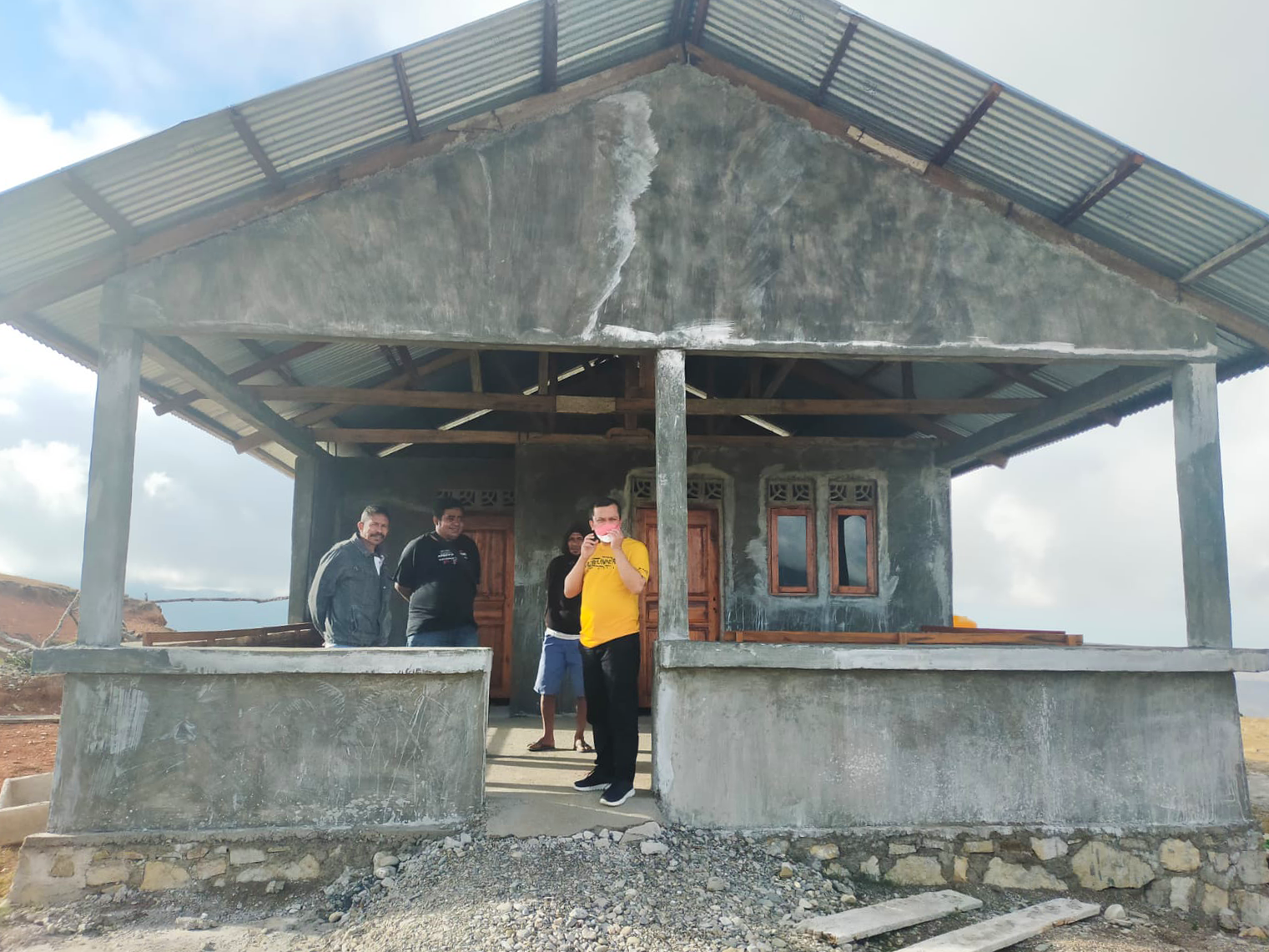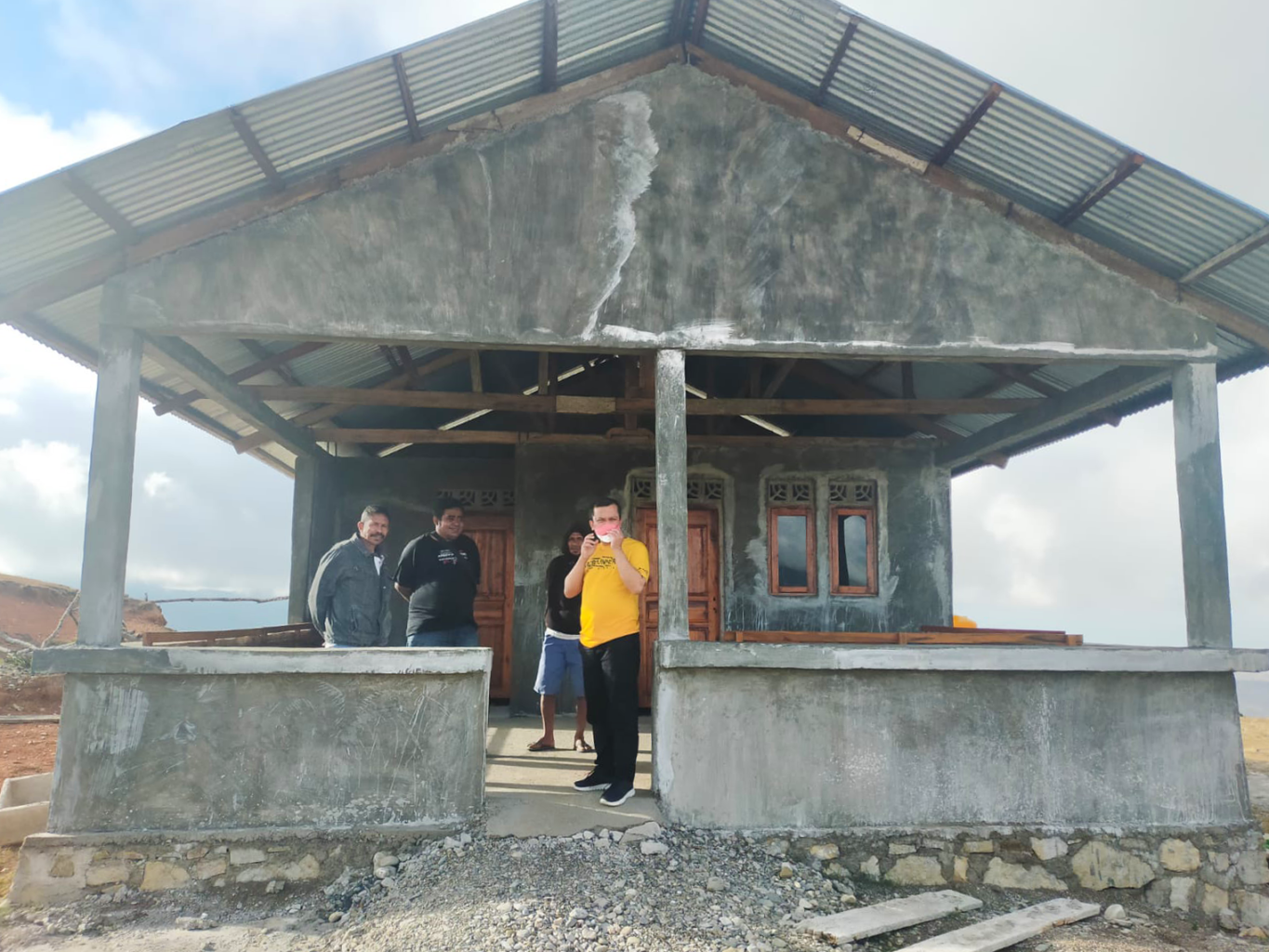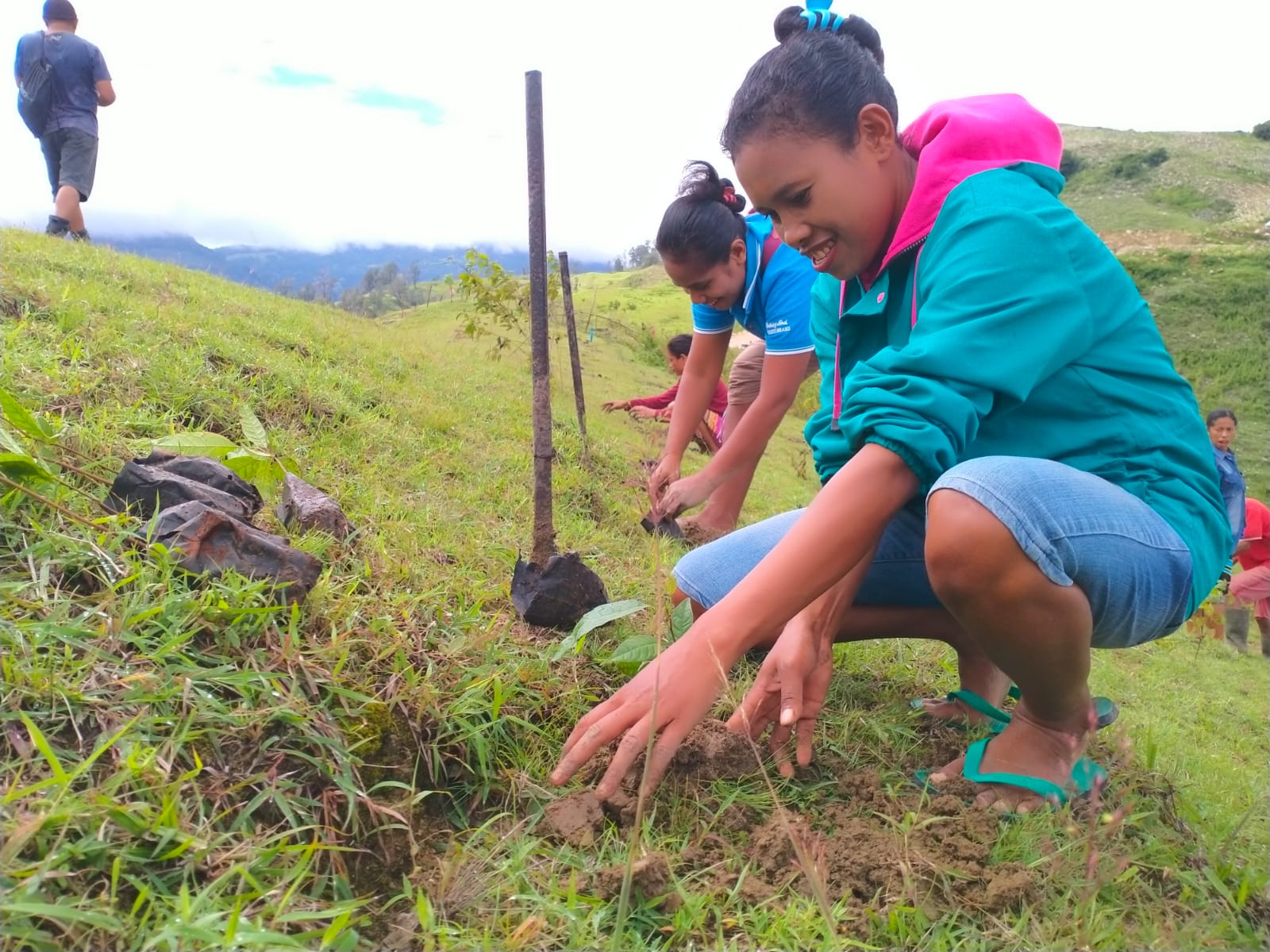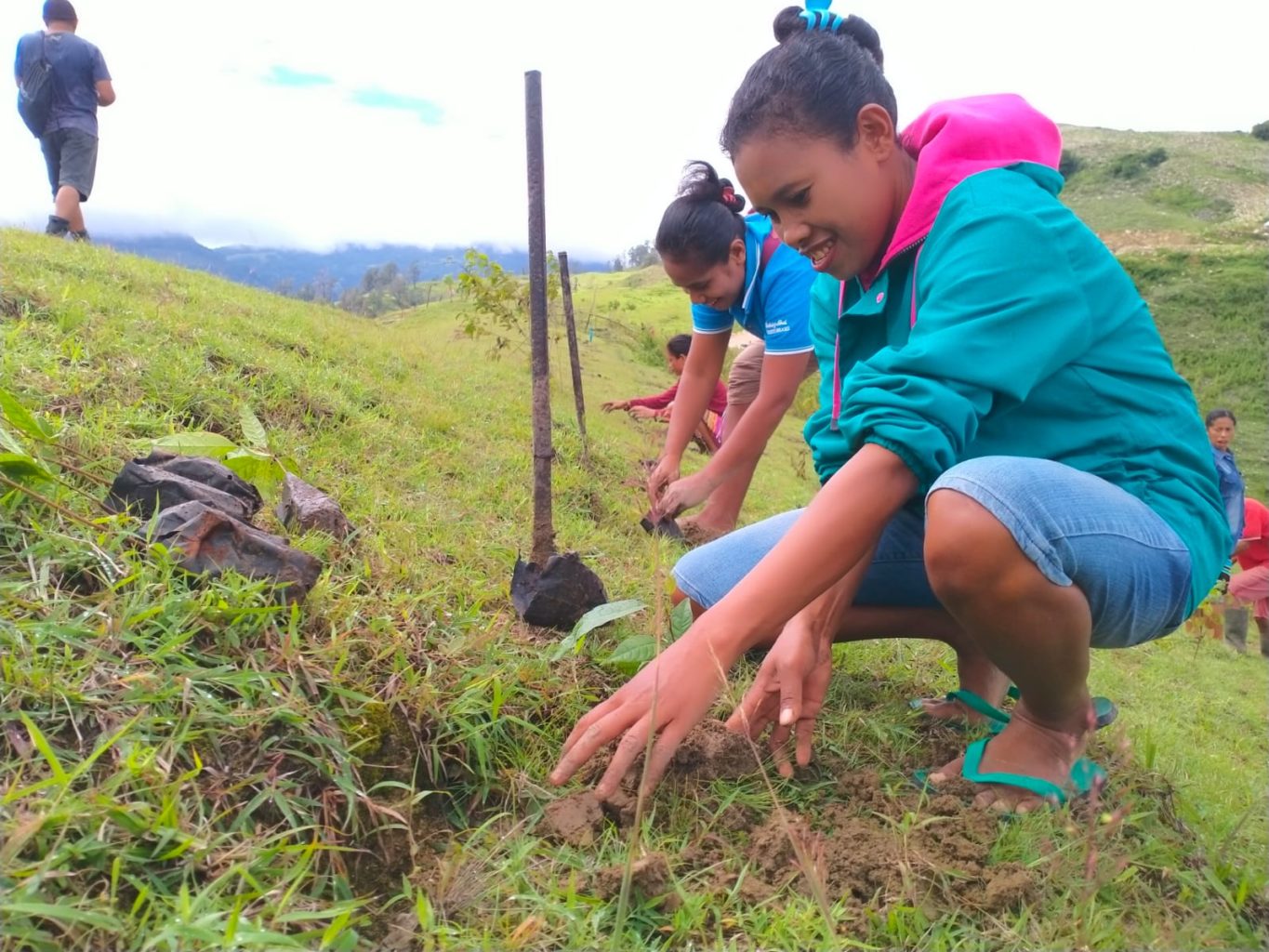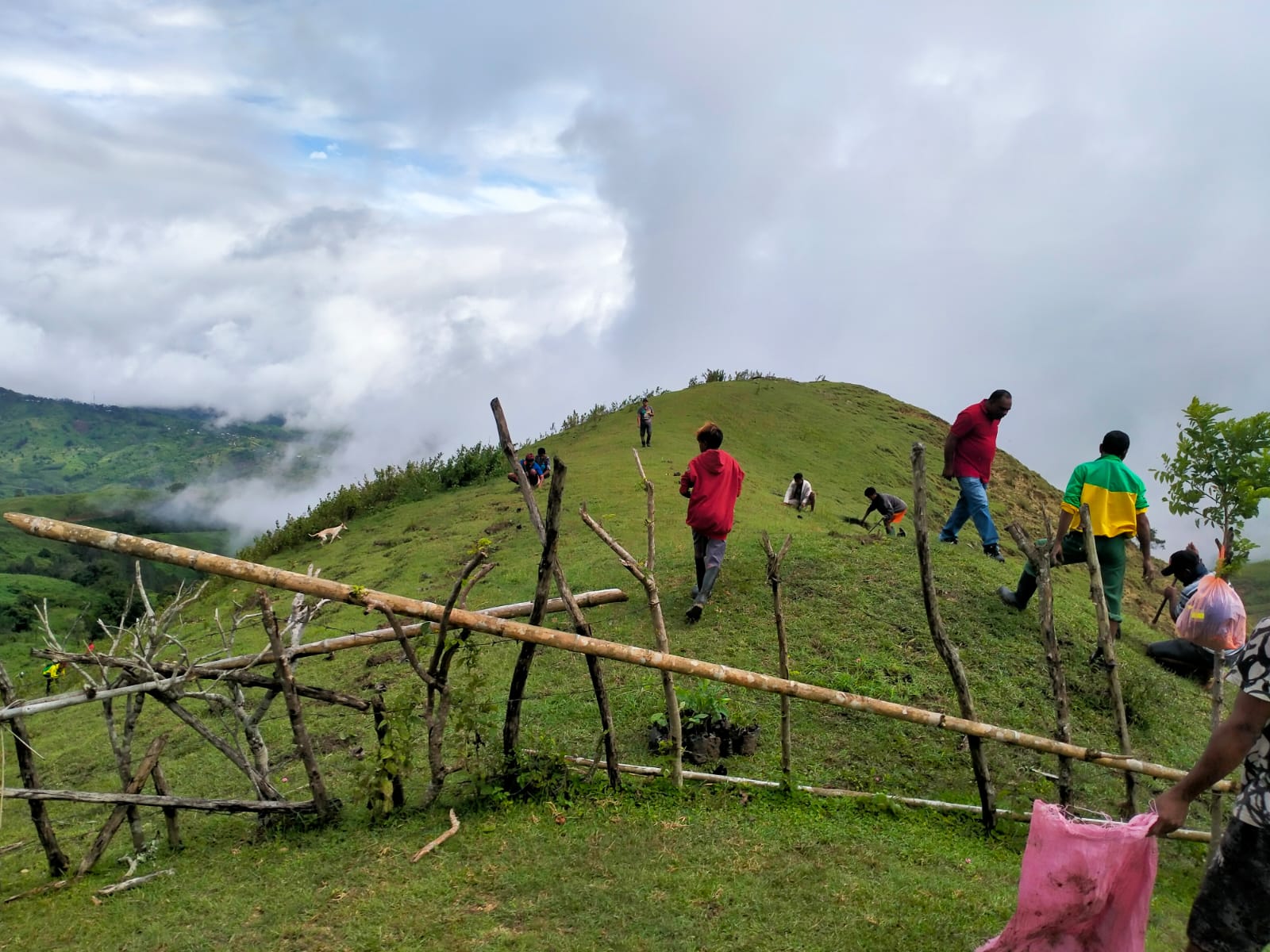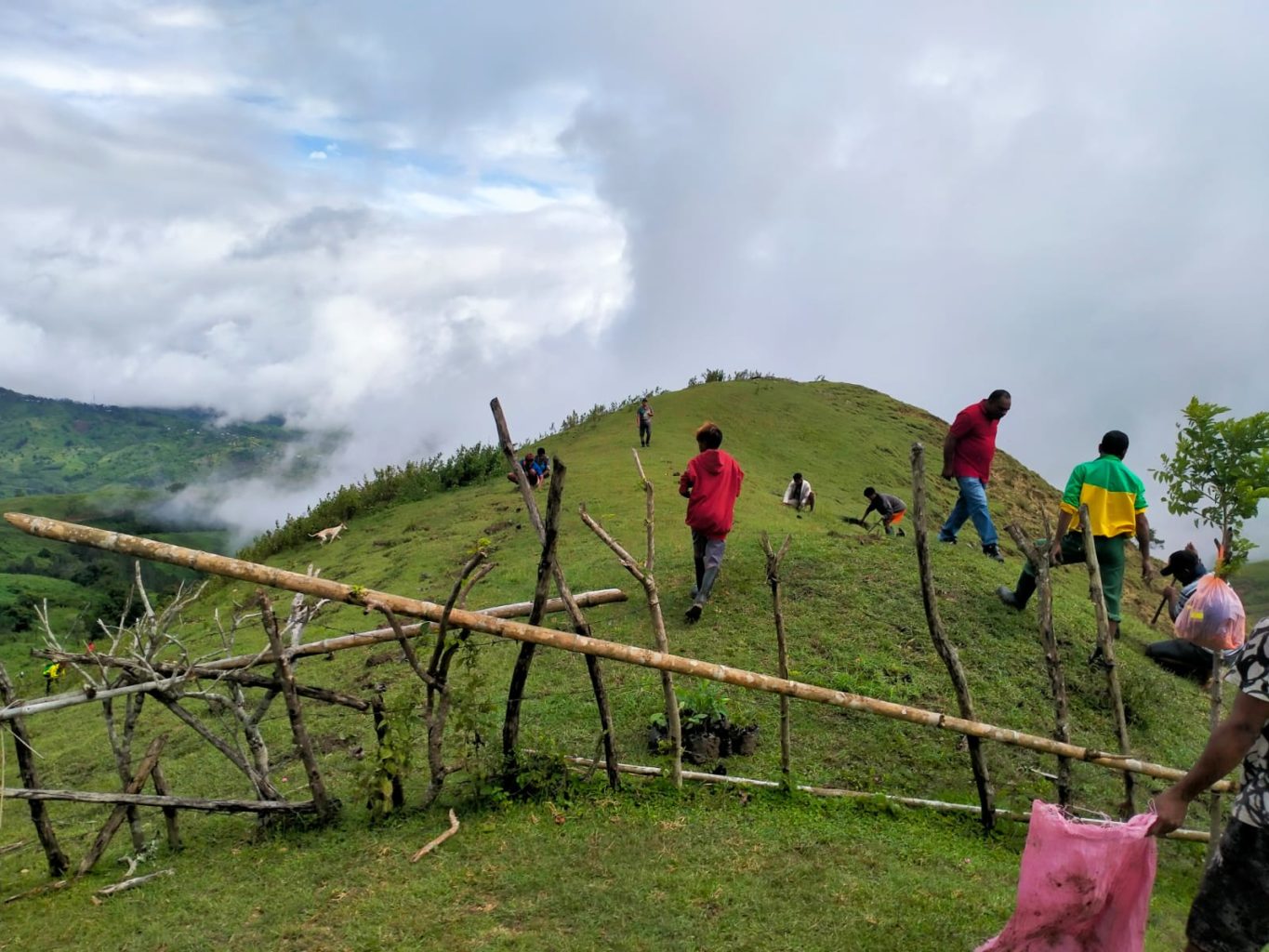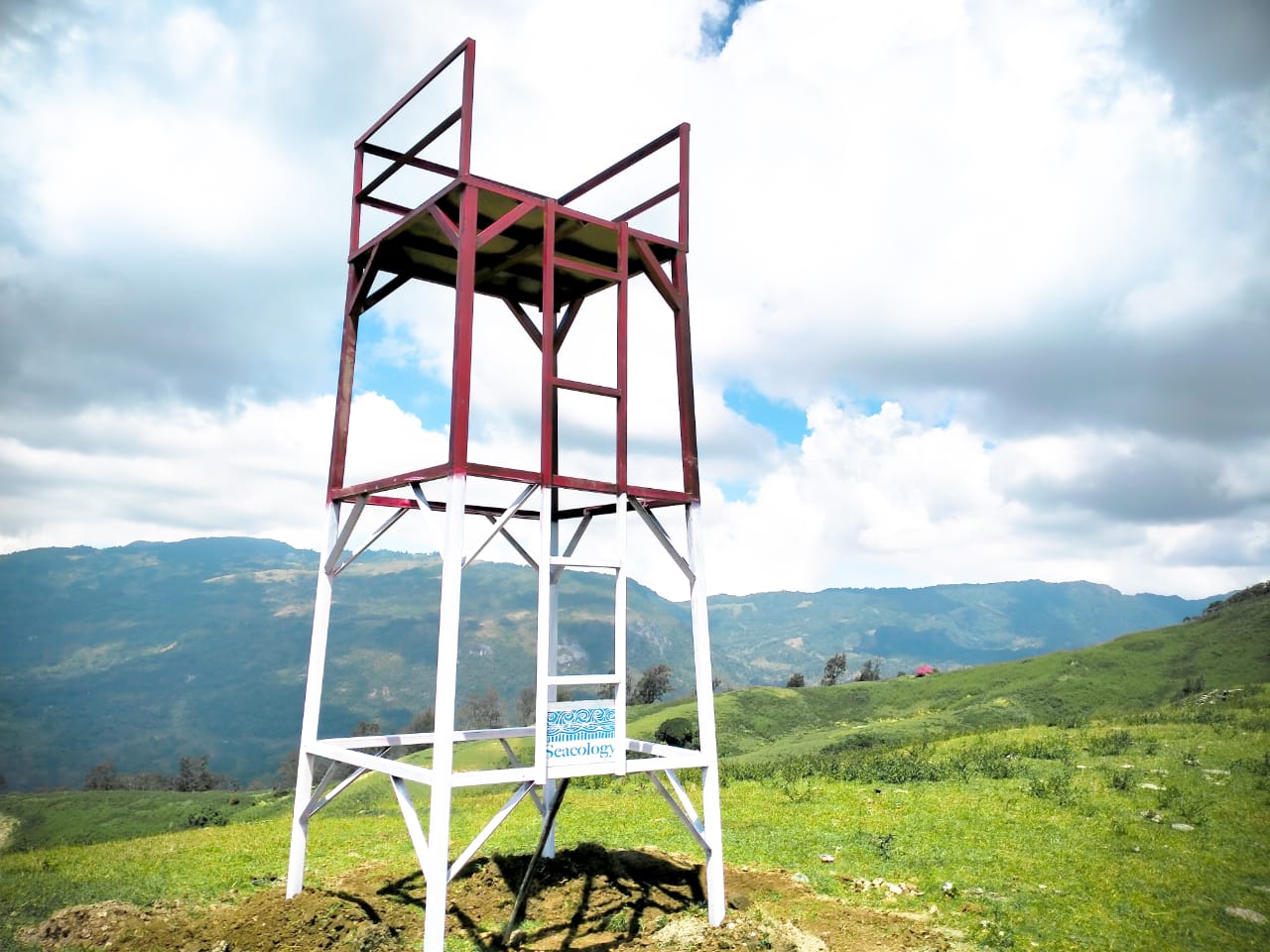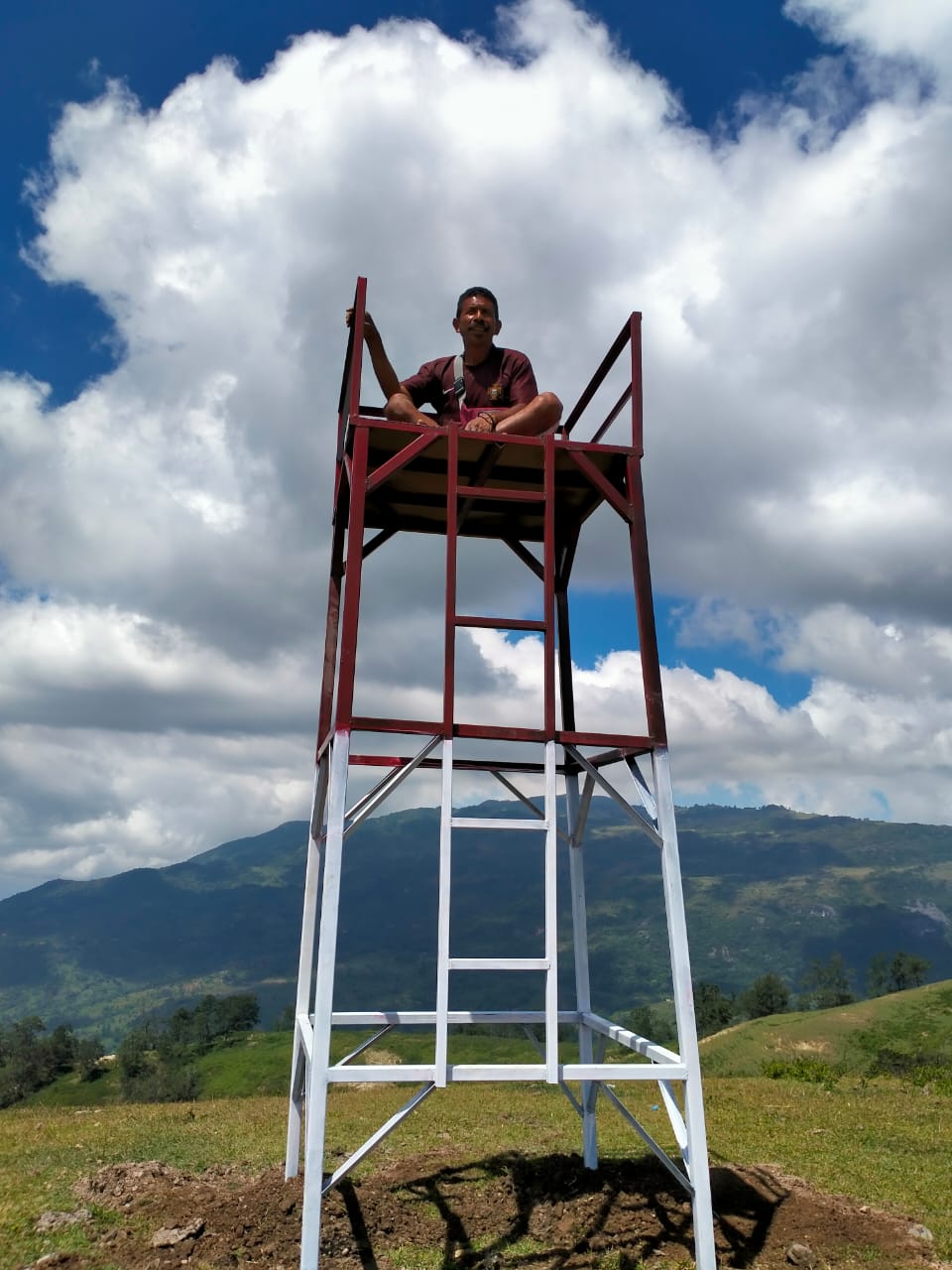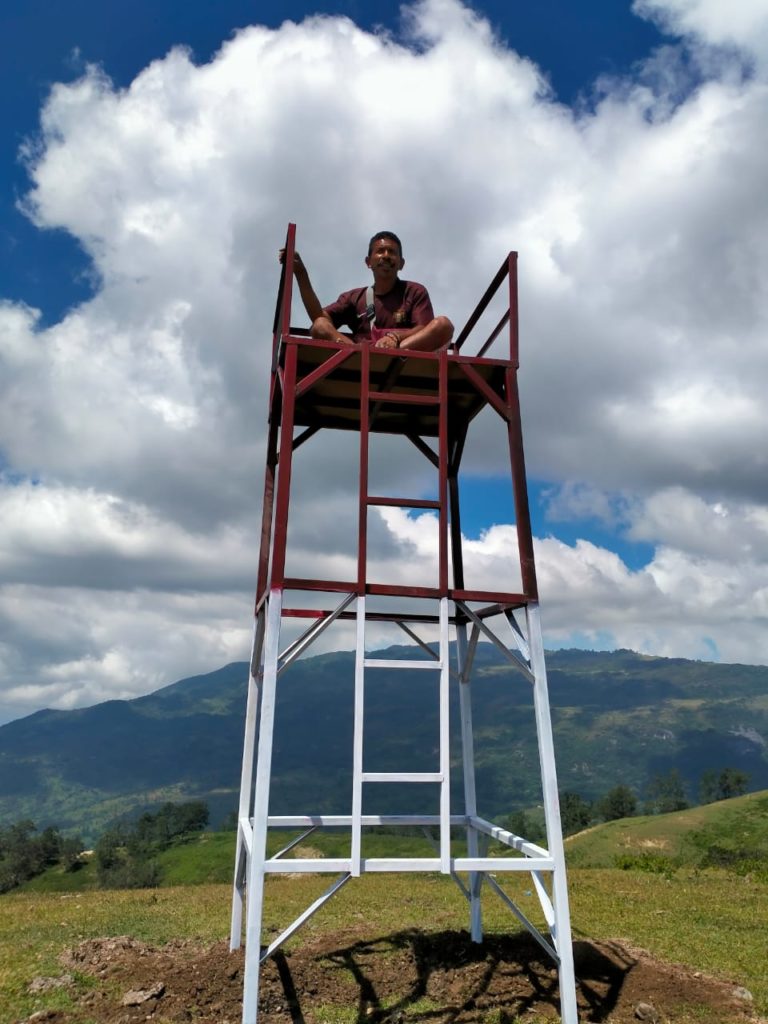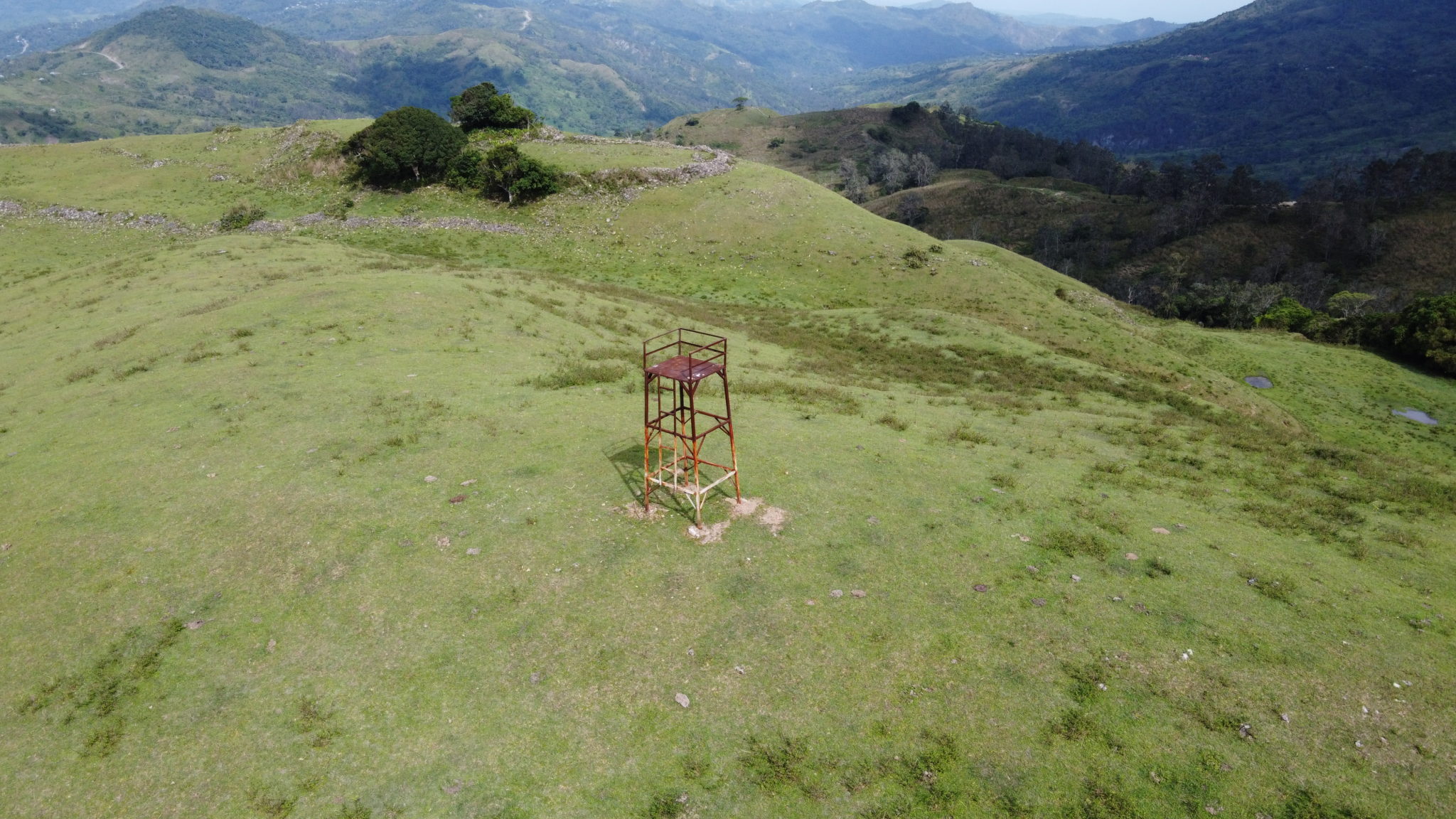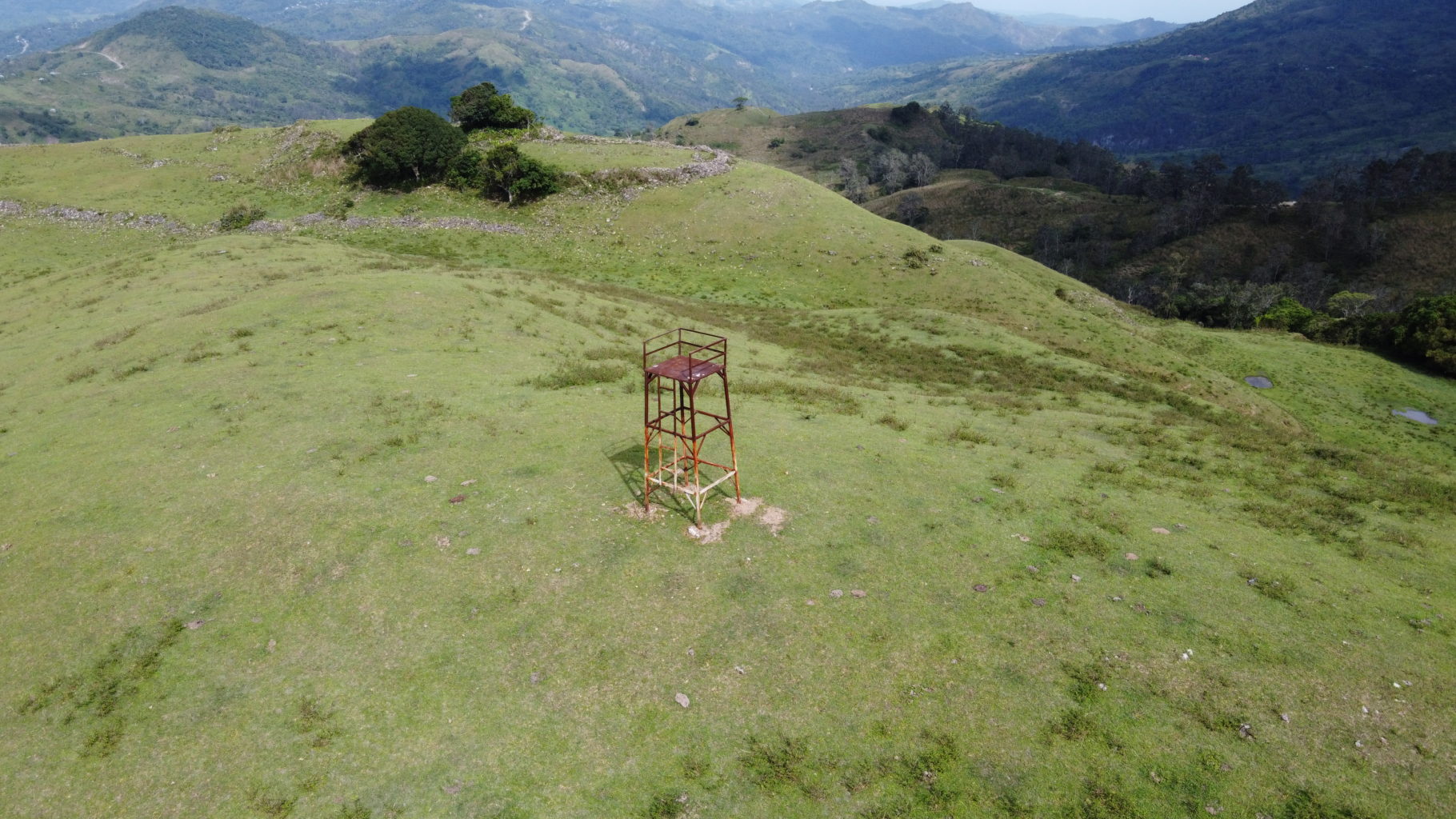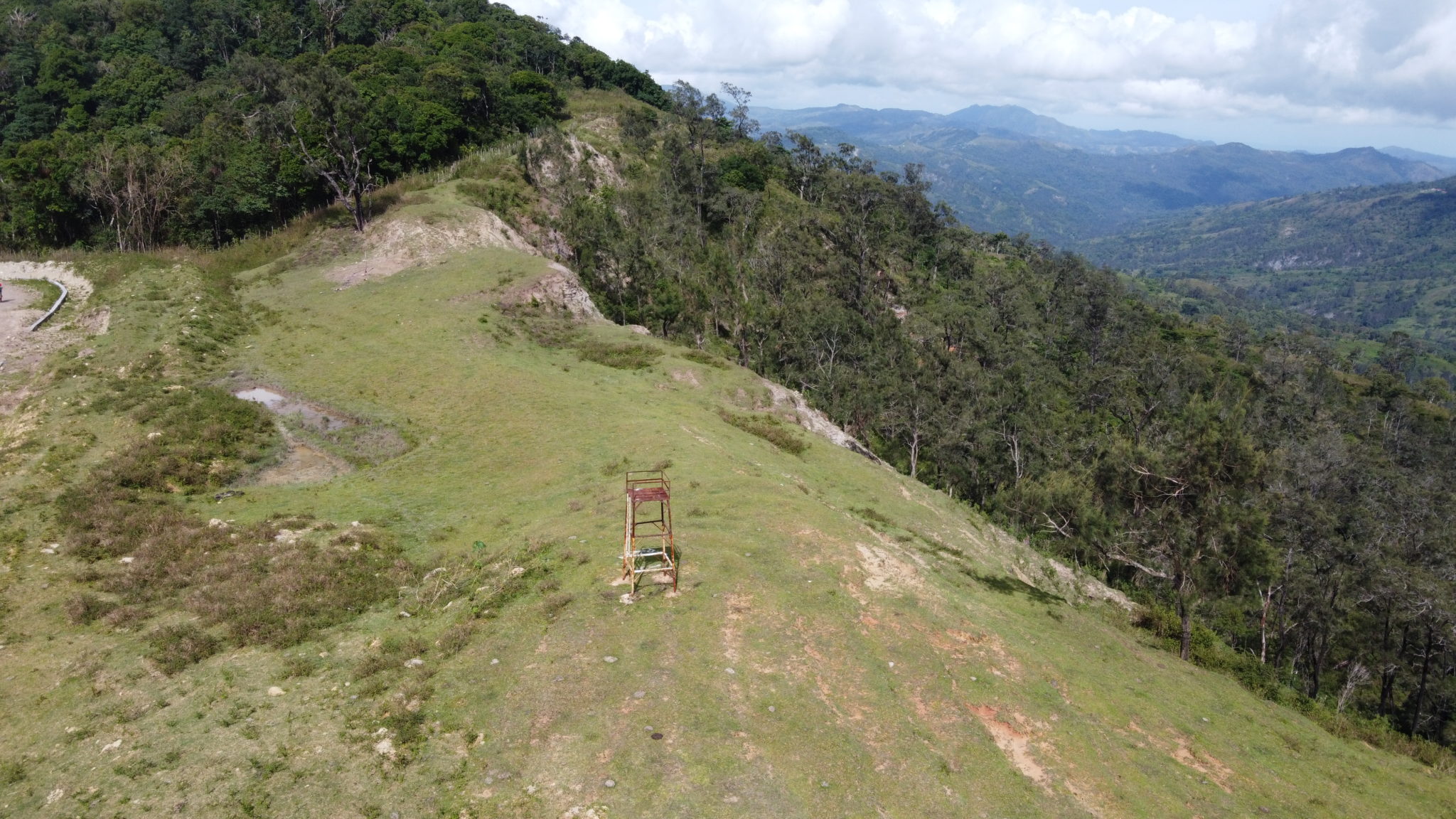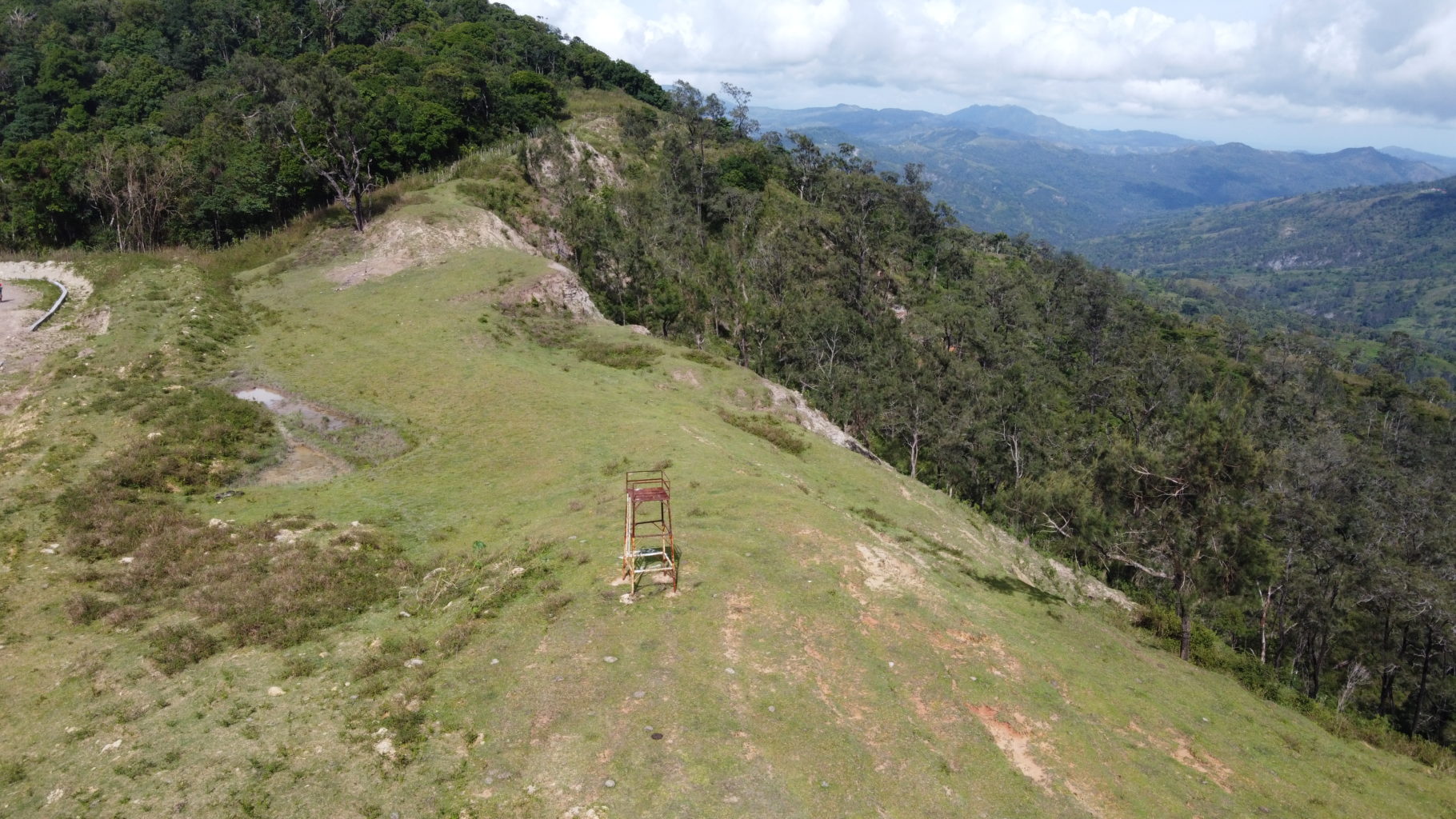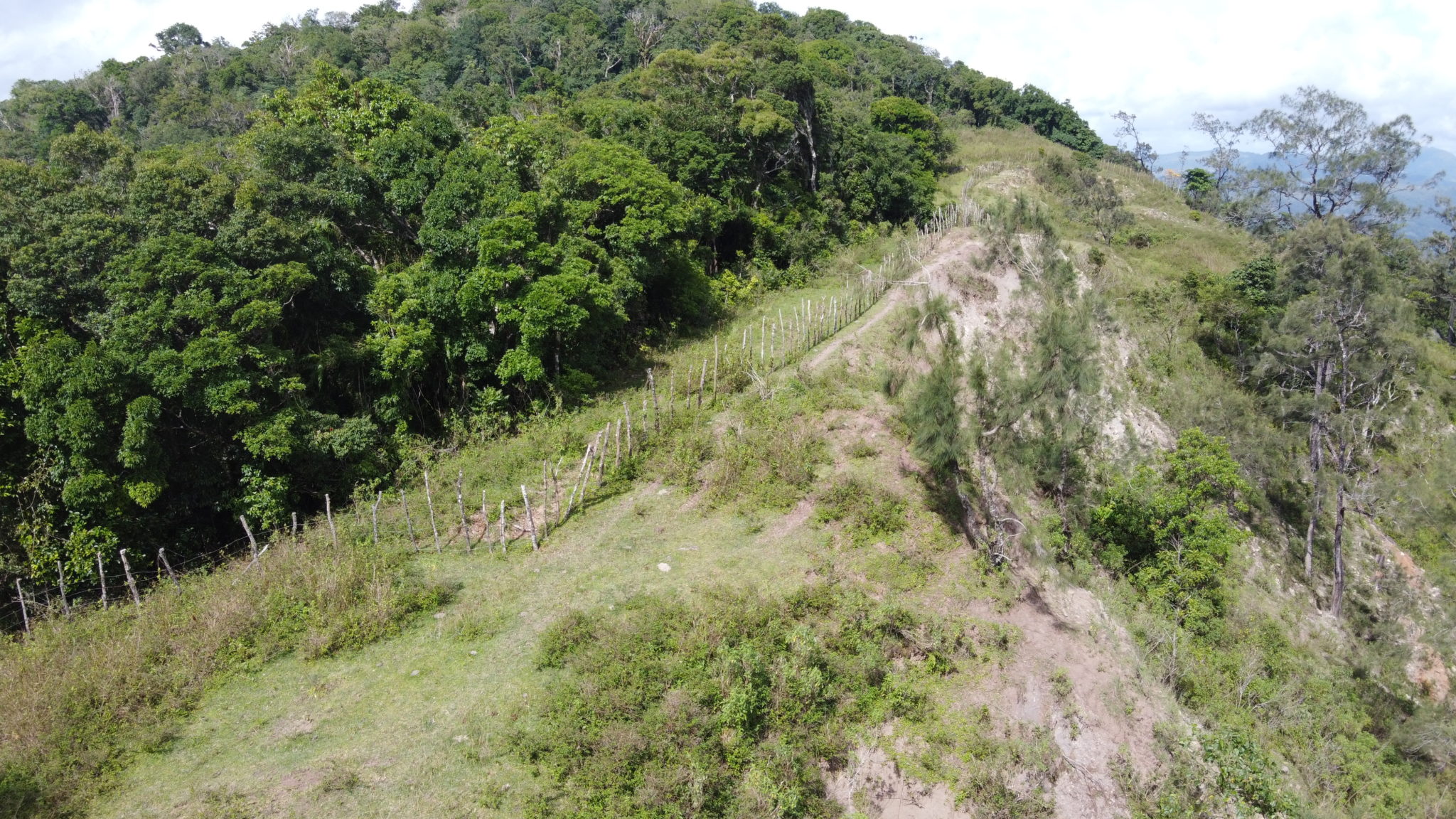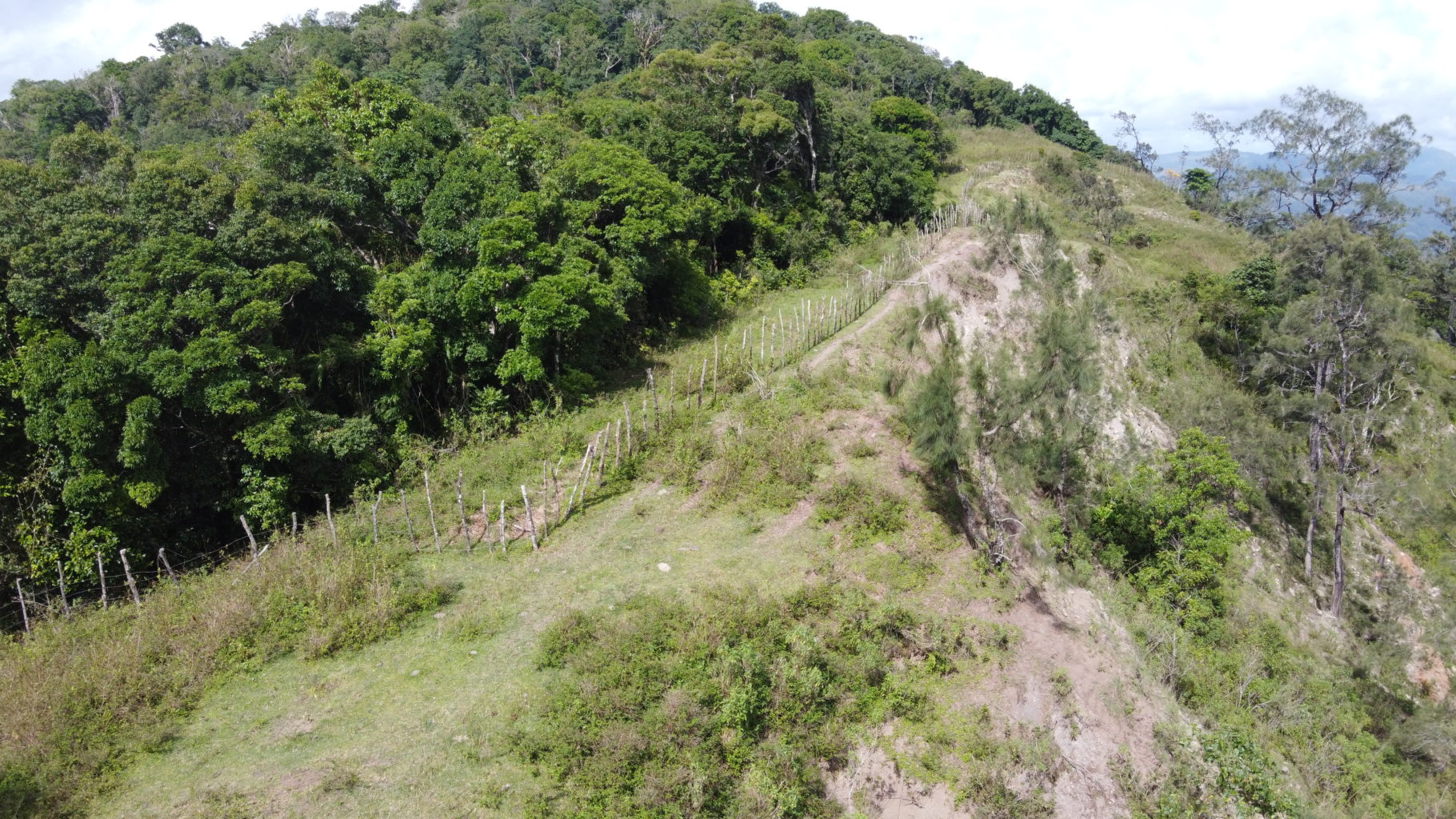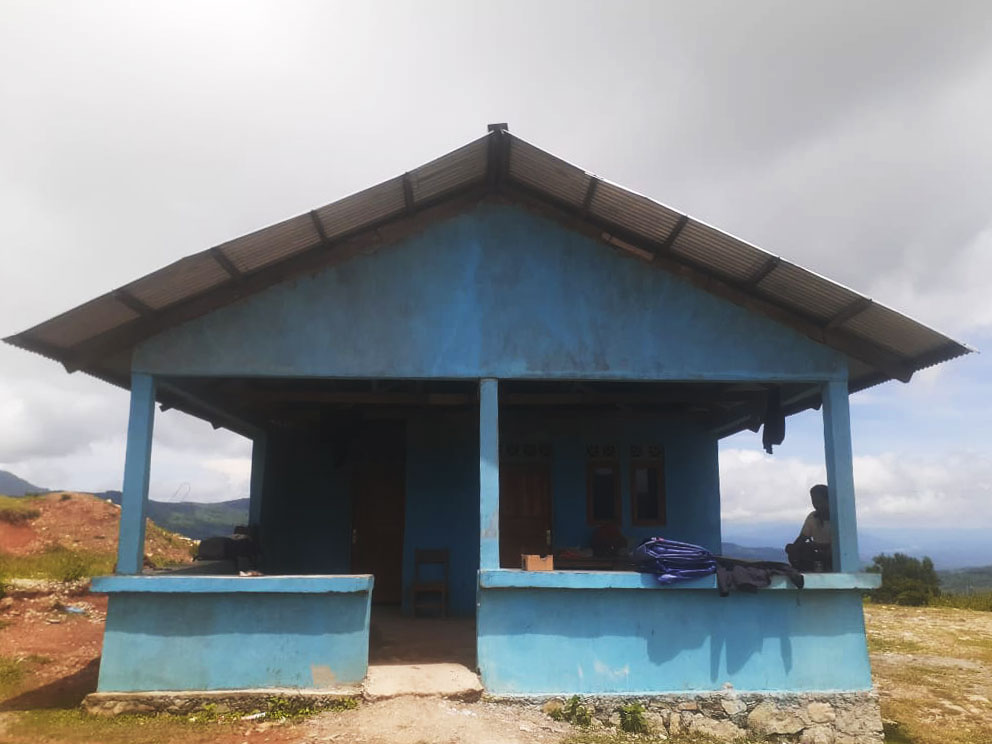The indigenous people of this village, in the mountains of Timor Island, view the duty to manage the forest around them as sacred. It is an obligation they inherited from their ancestors and will pass on to their descendants.
They know that a healthy forest is critical to their well-being. Most people make a living by farming corn, garlic, and beans, and raising cattle, horses, goats, and pigs. If trees were cut or burned, the monsoon rains could cause erosion and flooding. That would in turn disrupt their water supply and endanger crops, houses, and lives.
This high-elevation forest, near the border with East Timor, has an extremely diverse array of plants and animals. There are sandalwood, pine, and banyan trees, among many other species. Many species of bats, monkeys, and even one marsupial, the small cuscus, are found there. The reticulated python—the world’s longest snake, which grows up to 20 feet—hunts for prey in the forest.
The biggest threats to the forest are replacing trees with coffee plantations and letting livestock graze in the forest. Fires, on this semi-arid island, also pose a danger.
The customary chiefs of Lutha Rato village have prohibited clearing trees for coffee and cattle grazing. Instead, community members have turned to porang (konjac), a plant that grows wild in the shade of tall trees. People use its tubers for food and to sell. They are a source of glucomannan, a fiber used in the food, cosmetics, textile, dietary supplement, and pharmaceutical industries. People from the village are using wild plants and planting new ones among the trees. This agroforestry enterprise can both augment villagers’ income and encourage long-term forest conservation.
The village is using Seacology funding to build watchtowers in the forest, to keep an eye out for fires. They are also buying water storage tanks and toilets, so they can store water for the long dry season, which lasts from April through November.


